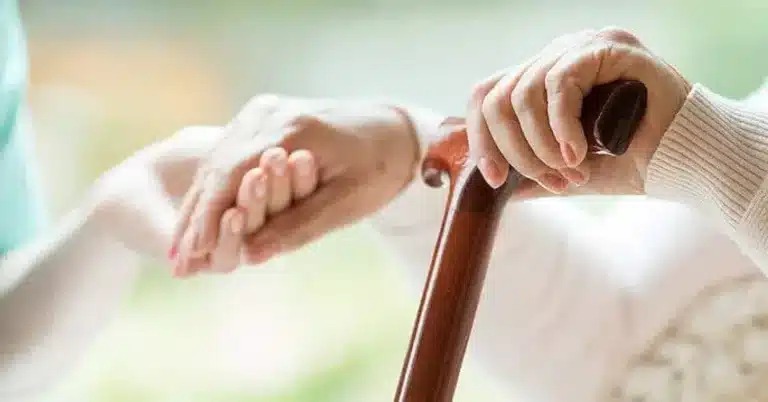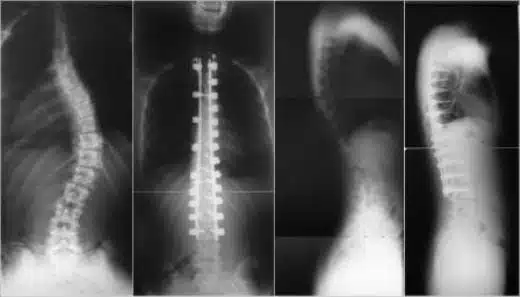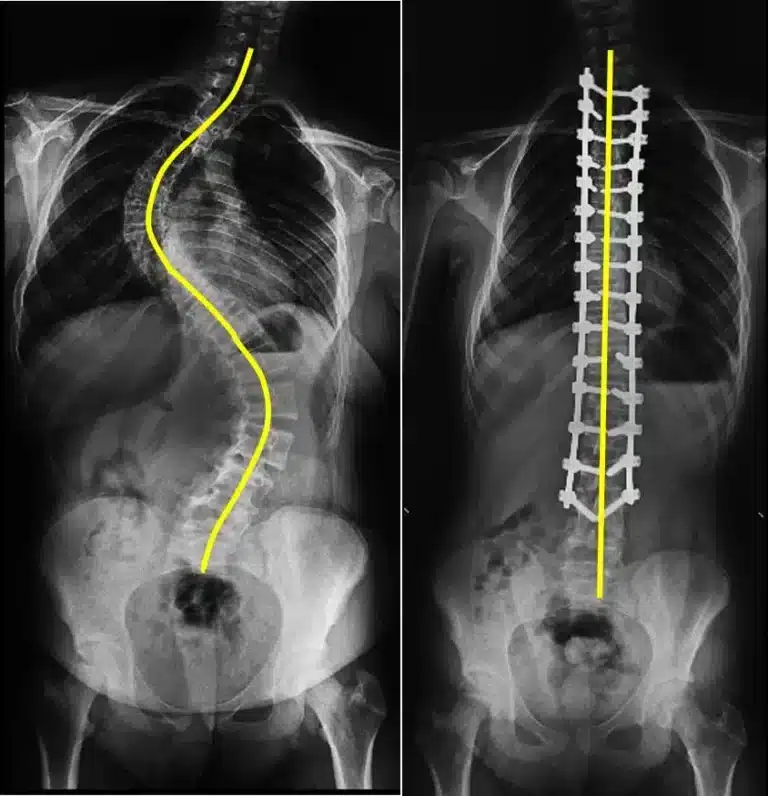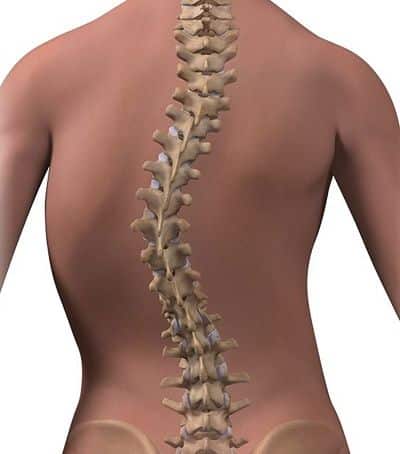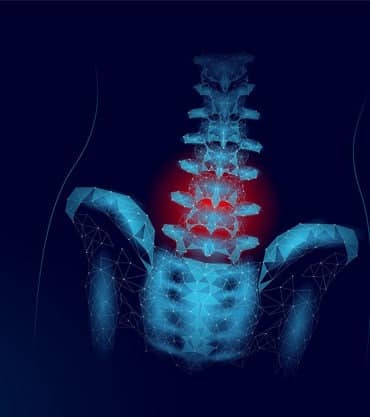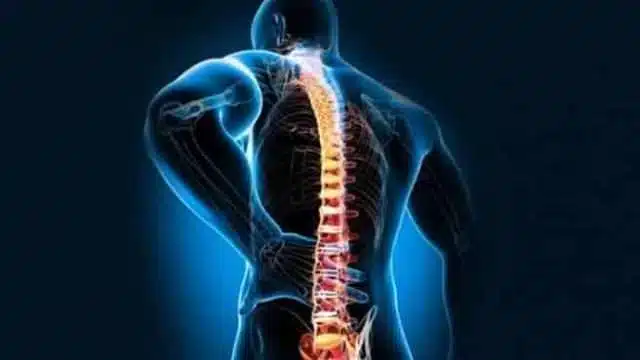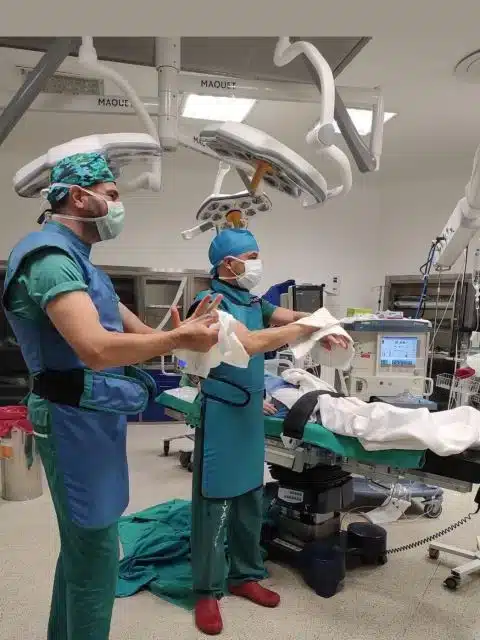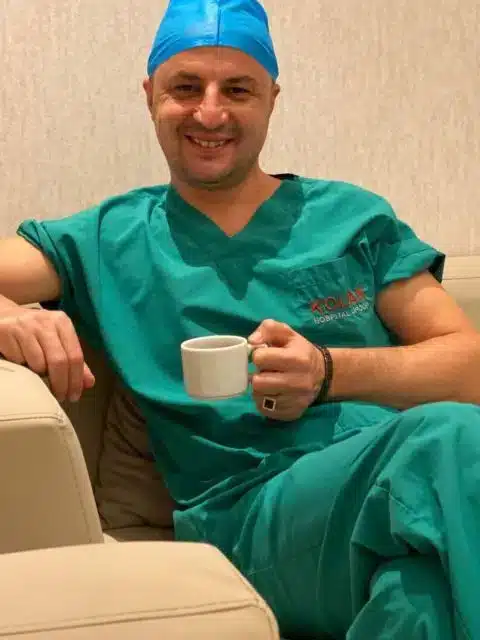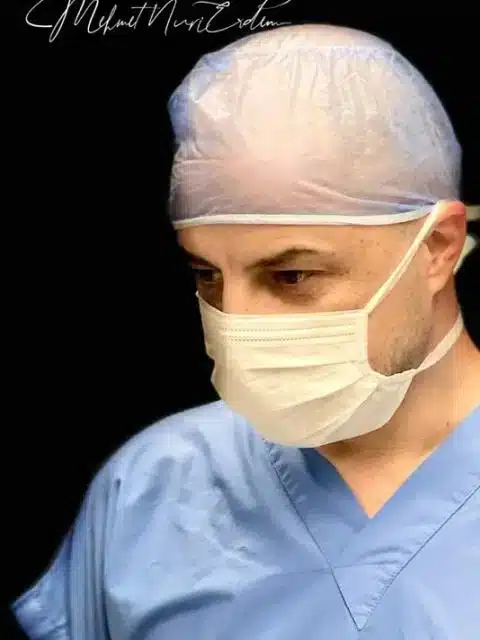To write about osteoporosis (bone loss), let’s first look at what we call “old” and “aging”.
What does Getting Old Mean? What does Old Mean?
For the definition of ‘old’, it is necessary to set an age limit in the classical definition, that is, those above this age are considered old, but this limit changes over time. Because the elderly population is increasing all over the world. While life expectancy at birth was 66.5 years in the world in the 2000s, today it is 73 years. Therefore, the old age limit, which we previously defined as 60 years, is now accepted as 65. In fact, WHO classifies 65-74 to be young, 75-84 as old, 85 and over as very old, in senility. But of course those numbers don’t matter. Because the aging process is not just about chronological aging. That is, these numbers may provide convenience as a definition, but the actual definition of old age is not dependent on age.
Alright Then, How do We Define Being Old or Getting Old?
According to UNESCO’s definition of the elderly:
- If a person cannot get out of her/his comfort zone, s/he is old.
- If s/he is not learning new things, is no longer surprised, and thinks s/he knows most things, s/he is old.
- If s/he does not wonder, if s/he does not explore, s/he is old.
- If s/he lives in the past, in her/his past memories and constantly repeats the past, s/he is old.
If you have noticed, there is no chronological age limit here, but there is a functional description for aging. Here, being unable to go out of the comfort zone due to some discomforts in the body is a physiological condition.
Changes in relationships with people and the environment describe social aging.
And slowdown in learning, adapting, and exploring means mental or psychological aging.

For this reason, the World Health Organization (WHO) coined the term ‘Healthy Aging’ in 2002 and defines healthy aging as: ‘The process of developing and maintaining the functional skills that ensure well-being in old age’. So what are these functional skills:
- To meet basic needs
- Being mobilized
- Learning, developing and making decisions
- Building and maintainng relationships
- Contributing to society
Being able to manage this aging process in a healthy way should be the most important task of people and we, as physicians, should be able to make the right guidance in the management of this process.
What is the Relationship Between Aging and Bones? How are Bones Affected by This Process?
Not only the bones, but also the musculoskeletal system is totally affected by the aging process. In other words, bones, cartilage, muscles, tendons, ligaments all get their share.
The most obvious change in bones is a decrease in bone density, which can be briefly described as bone weakness. Bones are like the columns of a house; if these columns weaken, wear out, collapse, the body cannot stand. Similarly, the cartilage that settles on the bones like a hat collapses under body weight as the bone weakens, and the phenomenon we call calcification occurs.

Although these aging-related changes are seen in everyone from the age of 40, women are more affected by this process. Especially after menopause, osteoporosis progresses faster in women due to changing hormonal levels.
What is Osteoporosis?
Bone is a tissue that has the feature of constantly renewing itself, that is, while a part of it is destroyed, a new one is produced in its place. Until the age of 30, bones are constantly renewing themselves, and the rate of construction is high. After this age, construction and destruction remain in balance for a while. In the following years, the destruction of the bone begins to dominate and the bone mineral density gradually decreases.

Simply put, if the decrease in bone mass is more than about 25%, this disease is called osteoporosis. The pores in the bone tissue enlarge and become spongy, almost hollow. Due to this, the resistance of the bone, its load-bearing capacity decreases. Decreased bone mass and weakening of bone structure leads to an increased risk in bone fragility and the likelihood of fractures.
Does Osteoporosis Cause Fractures?
Definitely. They are even grouped separately under the name of osteoporotic fractures. These are not fractures caused by severe trauma.
High-energy trauma is required for bone fracture in a healthy person. Here, however, there are often simple traumas. Fractures occur with injuries that would not normally cause fractures, such as indoor falls and simple bumps. Even, fractures can occur spontaneously, without any trauma, as the bone cannot bear the body weight.
These fractures are most common in the spine, hip, and wrist. Therefore, osteoporosis treatment in terms of bones is examined in two groups as preventive measures and treatments after fracture.
Does Orthopedics Treat Osteoporosis?
Osteoporosis treatment is not something that is monopolized by a single branch, it requires a multi-disciplinary approach.
E.g; Postmenopausal hormone replacement therapies are regulated by obstetricians and gynecologists. Physiotherapists work to preserve mobility. After the disease has emerged, the management of the treatment is held by endocrinologists, taking into account the accompanying diseases. And when a fracture occurs, orthopedists step in.

I am not engaged in the medical treatment of osteoporosis in my own clinical practice. Because these patients have many concomitant internal diseases, such as DM, HT, thyroid diseases. Therefore, it is necessary to evaluate the patient in all aspects, so I leave this job to the endocrinologists. Frankly, I don’t think it’s the right approach to look at bone density and say to “use this/that drug”.
We, orthopedists, mainly step in when a fracture occurs due to osteoporosis. Surely, we also inform the patient about preventive measures for osteoporotic fractures.
Prophylactic Measures for Osteoporosis
It would not be wrong to say that osteoporosis is a disease of inactivity. Bone that does not bear a load and does not move, weakens. For this reason, it is essential to exercise in order to keep the bone resistance at a certain level. Brisk walks and simple daily exercises are very effective in maintaining bone density.
The sentences “my knee hurts”, “my back hurts”, “I have trouble walking” are actually just excuses. Because there are so many exercises that can be done lying down and sitting. What we are talking about here is not only strengthening the bone, but the exercises also strengthen the surrounding muscle groups and prevent the occurrence of abnormal movements.
Secondly, weight control and diet are important. Because as you gain weight, movement becomes more difficult and exercise capacity decreases. We also need to obtain the vitamins our bones need from our food. Foods such as feta cheese, milk and yogurt are rich in calcium and should be consumed.
Another important parameter is vitamin D, which requires going out to the sun and producing our own vitamin D.
If osteoporosis has occurred, in addition to exercises, medical treatments including medications are used to support the bone to prevent fractures. Because, when there is a fracture, it may require surgical treatment.
Where do Osteoporotic Fractures Occur Most Often?
It is most common in the spine. The spine collapses sometimes with trauma and sometimes without any strain because it cannot withstand the compression in the body’s normal movements. Even if the fracture heals spontaneously, kyphosis, i.e. hunchback, which occurs in the spine due to collapse, remains. The patient’s body gradually begins to lean forward. This collapse does not always cause pain, the patient can sometimes get over it standing up. But in most cases it is accompanied by severe pain.

Here, the treatment is simple, with an operation called ‘cementing’, the fractured spine is filled with bone cement. This is a procedure that takes about half an hour and is performed with local anesthesia. So the patient does not need to be put to sleep. Since the fractured bone is secured by filling it with cement, both the pain is relieved and the risk of collapse is eliminated. In fact, the most important benefit of this surgery is the prevention of collapse. The spine protects the spinal cord inside, and when it collapses it can put pressure on the spinal cord or the nerves that come out of the spinal cord, causing many serious problems, including paralysis.
Where are Fractures Most Often, Except for the Spine?
It is seen in the wrist and hip. These, too, usually appear with minor traumas and their treatment includes some differences compared to normal bones. Because it is easy to fix the normal bone with the wires or screws we use during the surgeries, but because the osteoporotic bone is weak and hollow, it is very difficult for the screw to hold. It can be compared to the difference between putting a screw in a concrete wall and a wooden chipboard. Therefore, it is necessary to apply a number of different treatment strategies, such as putting more screws, fortifying the screws with cement, keeping them in plaster for a longer time to achieve union.

Hip fractures must also be operated on, otherwise it is impossible to stand up. If left untreated, patients can be lost in a short time. Again, there are precautions to be taken for osteoporotic bone in these fractures.
Our Advice about Osteoporosis
Do not stay away from exercise, we are not saying that you should definitely do sports, but take time for exercises consisting of simple movements that will keep your body fit and prevent osteoporosis. Take care not to gain weight, eat healthy and go out in the sun.
This is a process that we cannot prevent, such as wrinkling of the skin and graying of the hair, we will all grow old. But let’s grow old healthy. For this, do not hesitate to research, consult physicians, and make effort.

